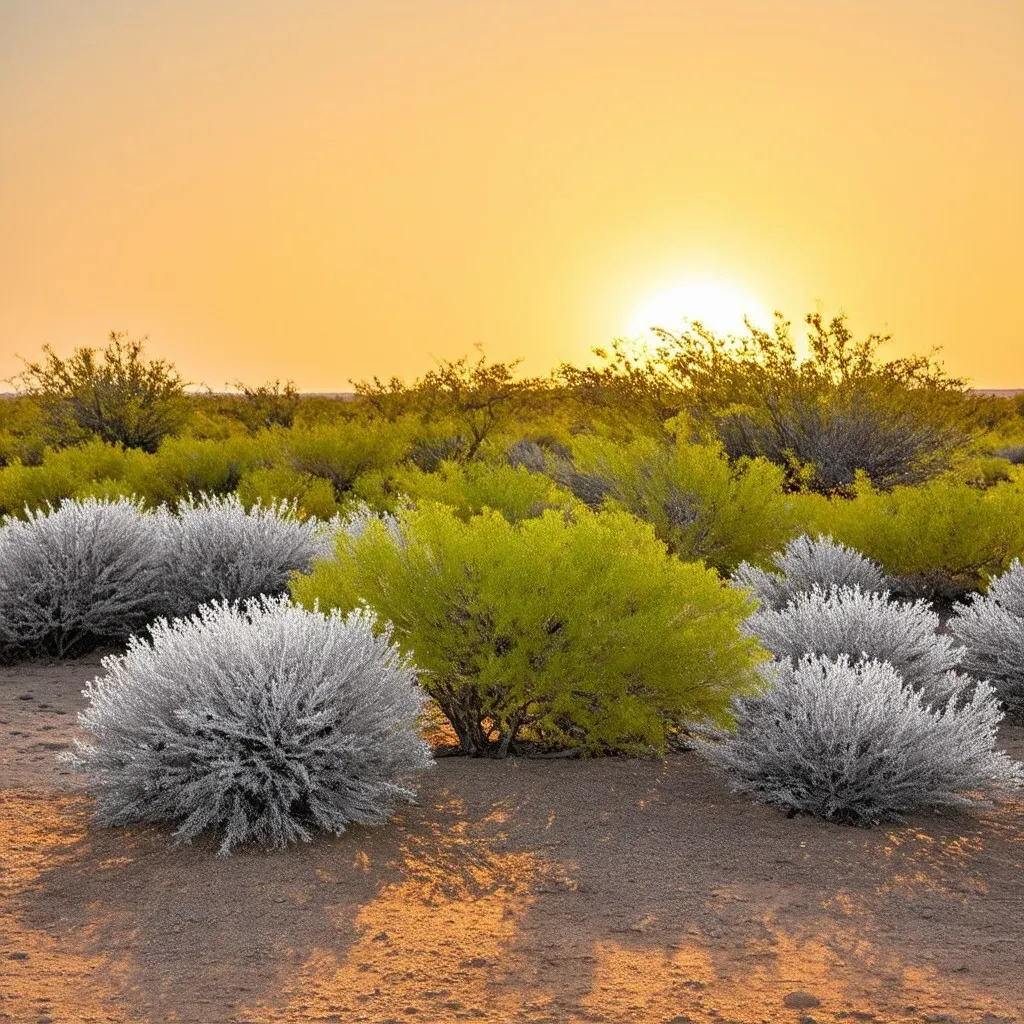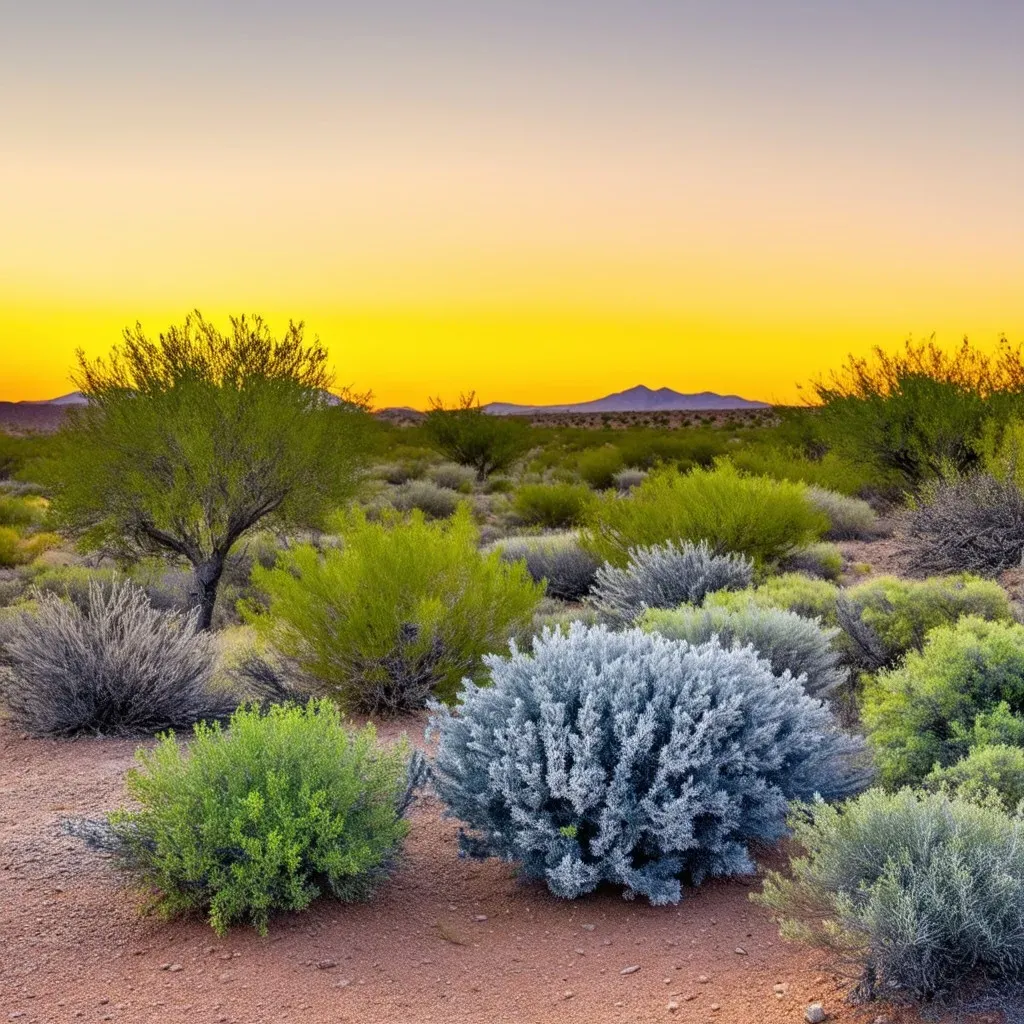Dry shrubs, also known as drought-tolerant shrubs, consist of robust plant varieties that thrive in arid conditions with minimal water requirements. These resilient plants not only enhance the beauty of your landscape but also contribute significantly toward water conservation efforts. Perfect for gardeners in regions prone to drought, dry shrubs are an excellent choice for sustainable and stunning gardens.
The Importance of Drought-Tolerant Landscaping
In recent years, the necessity for drought-tolerant landscaping has become increasingly evident. With climate change leading to unpredictable weather patterns and prolonged dry spells, choosing dry shrubs is a proactive approach to maintaining a beautiful home garden while reducing water usage.
Benefits of Dry Shrubs
- Water Conservation: Dry shrubs require less upkeep and significantly lower water consumption.
- Reduced Maintenance: These plants are often low-maintenance, minimizing the time and effort needed for garden upkeep.
- Increased Resilience: Drought-tolerant shrubs can withstand harsh weather, making them ideal for varying climates.
- Biodiversity: Incorporating native or drought-tolerant shrubs can support local ecosystems and attract beneficial wildlife, such as pollinators.
Popular Dry Shrubs to Consider
| Name | Height | Hardiness Zones | Sun Exposure | Water Requirements |
|---|---|---|---|---|
| Russian Sage | 2-4 feet | 4-9 | Full sun | Low |
| Butterfly Bush | 3-6 feet | 5-9 | Full sun | Low |
| Blue Mist Shrub | 2-4 feet | 6-9 | Full sun/Part shade | Low |
| Cotinus (Smoke Bush) | 10-15 feet | 4-9 | Full sun | Low |
| Sand Verbena | 1-2 feet | 8-10 | Full sun | Very low |
Characteristics of Drought-Resistant Shrubs
Drought-tolerant shrubs have evolved unique characteristics that allow them to survive and thrive in arid conditions:
- Deep Root Systems: Many dry shrubs develop extensive root systems that anchor them deeper into the soil, helping them access moisture far below the surface.
- Reduced Leaf Surface Area: Some shrubs have smaller or waxy leaves that minimize water loss through evaporation.
- Thick Cuticles: Waxy coats protect the leaves from sun damage while offering some resistance to water loss.
Best Practices for Planting and Caring for Dry Shrubs
Soil Preparation
Before planting, assess your soil quality. Drought-tolerant shrubs often prefer well-drained soil, void of compaction. Consider conducting a soil test to ensure the pH and nutrient levels are optimal for your selected species.
Watering Techniques
After planting, establish a routine for watering your dry shrubs. Initially, they may require regular watering to establish their root systems. However, as they mature, gradually decrease the frequency to encourage self-sufficiency. Keep in mind:
- Water Deeply but Infrequently: This type of watering helps establish deeper roots.
- Mulching: Apply organic mulch around the base of the shrubs to help retain soil moisture and suppress weeds.
Drought-Tolerant Shrubs for Specific Climates
Selecting shrubs that resonate well with your local climate and soil conditions is imperative for success. Below are tailored recommendations based on USDA hardiness zones:
| Hardiness Zone | Recommended Shrubs |
|---|---|
| Zone 5 | hydrangea, Ninebark (Physocarpus opulifolius) |
| Zone 6 | Barberry, Rosemary, Autumn Blaze Maple |
| Zone 7 | Oakleaf Hydrangea, Summersweet (Clethra) |
| Zone 8 | Abelia, Dwarf Olive (Olea europaea ‘Little Rascal’) |
| Zone 9 | Sea Grapes (Coccoloba uvifera), Lantana |

Reference Video
FAQs About Dry Shrubs
1. What are the best drought-tolerant shrubs?
The best drought-tolerant shrubs include Russian sage, butterfly bush, blue mist shrub, and cotinus, all known for their low water requirements and resilience.
2. How can I improve soil quality for dry shrubs?
Improve soil quality by adding organic matter such as compost, ensuring proper drainage and aeration.
3. How often should I water drought-tolerant shrubs?
Water them deeply but infrequently, allowing the soil to dry out between watering sessions once they have established roots.
4. Can I grow drought-tolerant shrubs in shaded areas?
Yes, some drought-tolerant shrubs can thrive in partial shade, such as hydrangeas and certain varieties of fern.
5. Where can I find more information on drought-tolerant shrubs?
For further reading, visit Gardening Chores for comprehensive shrub care guidelines and plant selections.
Final Thoughts on Drought-Tolerant Shrubs
Adopting dry shrubs in your landscaping project is not only an eco-friendly choice but also a versatile one. These resilient plants enhance the aesthetic appeal of your garden while significantly reducing water usage. With the right selection and care, dry shrubs can transform your outdoor space into a vibrant and sustainable paradise.

By making a deliberate choice to incorporate dry shrubs and following best practices in their care, you can create a sustainable garden oasis that thrives under any weather conditions.



